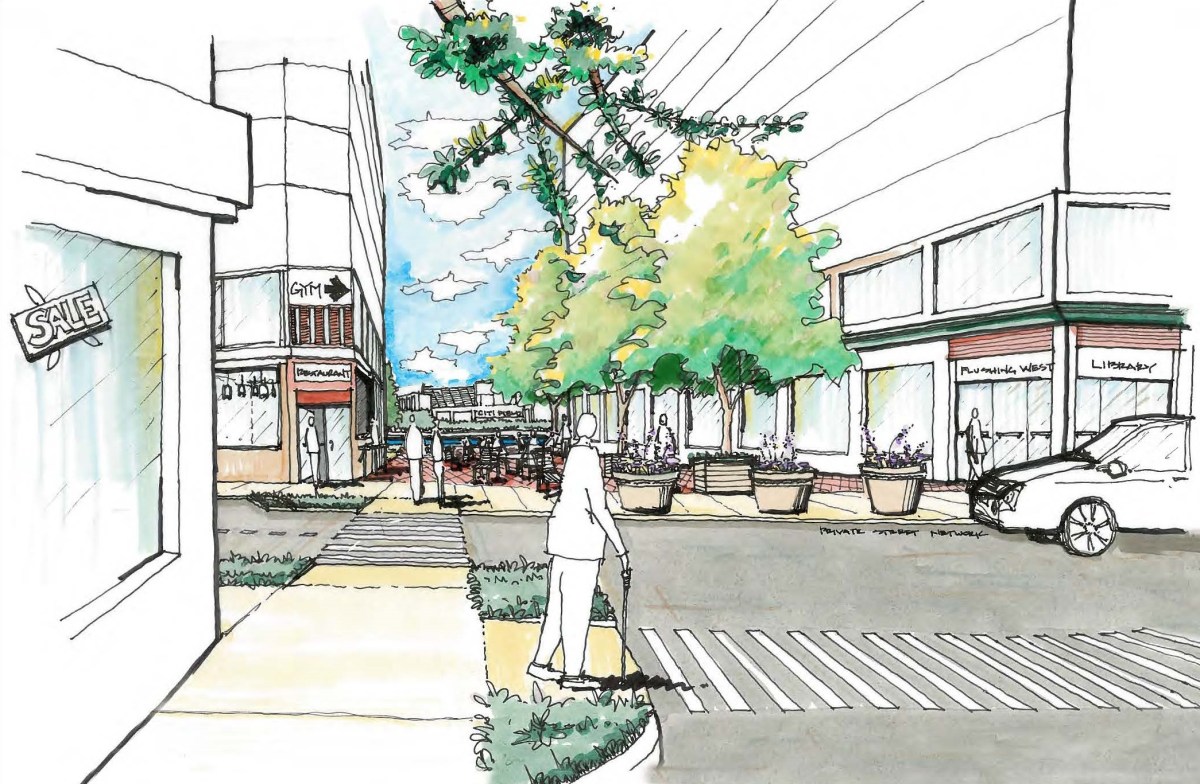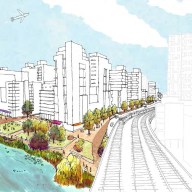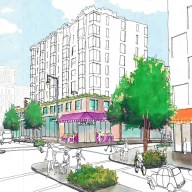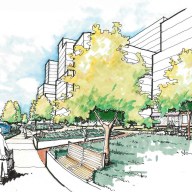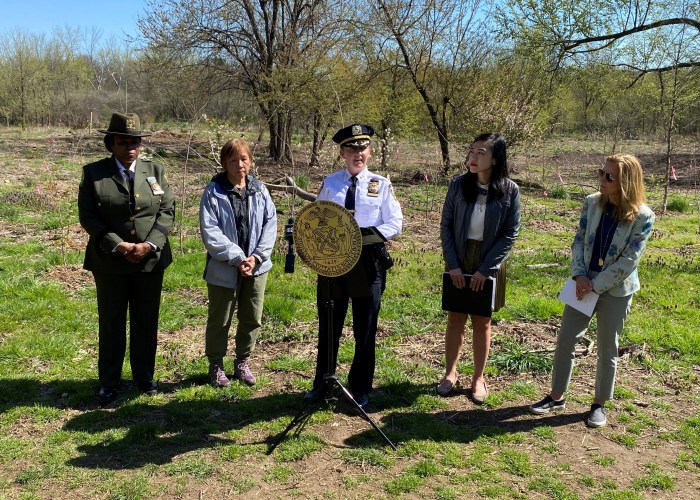The city plans to add mandatory affordable housing to all new developments and to consider adding a new bus terminal in a section of Flushing targeted for a major zoning initiative.
In the latest step to engage residents and local businesses as stakeholders in the rezoning process, the Department of City Planning presented accumulated feedback from previous meetings last week in the Flushing branch of the Queens Library.
The affordable housing provision is part of a mandatory inclusionary housing initiative in the general land use framework. It will seek to reach a broader range of income levels than previous programs and to increase the ratio of affordable units to those available at market rate.
One of the options currently proposed would set aside 25 percent of housing floor area for tenants making 60 percent of the area’s median income, or $46,620 for a family of three.
The new bus terminal was proposed as a way of diverting bus congestion away from the most heavily used streets in downtown Flushing. This could be located near the northern or southern edges of the rezoning area.
Affordable housing and public transportation maps were big topics in community feedback gathered by the city concerning the rezoning.
Common housing gripes addressed the need for affordable living space, especially for senior citizens. Testimonies included in the presentation said that some seniors and other residents unable to afford rent on their own are forced to share overcrowded one bedroom apartments among three to five people.
According to accounts, this issue can be especially prevalent among senior members of the Chinese and Korean immigrant community, who often have limited English skills and may be on a fixed income of as little as $10,000 a year.
Stakeholders also said that people with a fixed or low income should have access to more tenant services to help apply for affordable housing developments or other rental assistance programs.
Transportation proved to be an issue affecting many people as well.
Congestion and “gridlock traffic” in downtown Flushing was said to discourage biking and create difficult street conditions for drivers, cyclists and pedestrians alike. Stakeholders asked public transportation improvements with better bus connections and circulation and also for safer pedestrian walkways.

